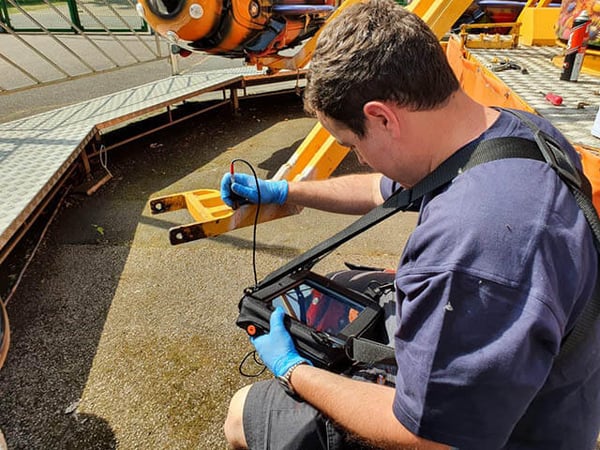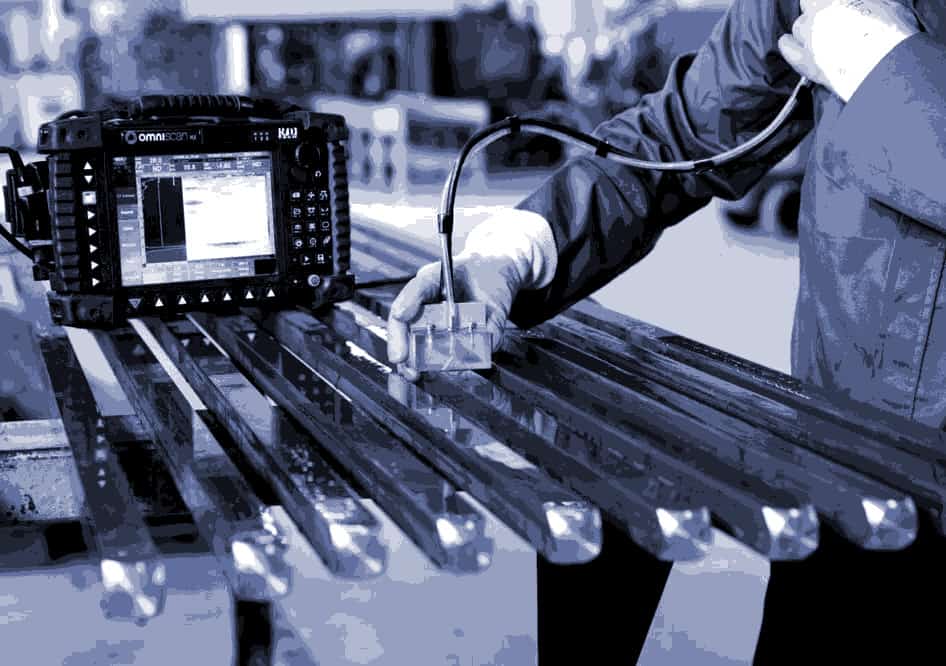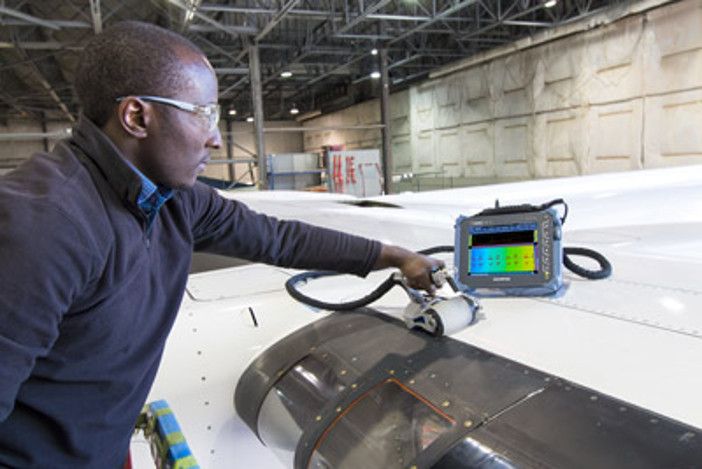The effect of frequency on ultrasonic penetration depth is a fascinating topic that has garnered attention from industry professionals, particularly in the field of quality assurance. Understanding this effect is crucial for optimizing non-destructive testing techniques that are widely used in various industries. In this article, we delve into how frequency influences the penetration depth of ultrasonic waves and what implications this has for industry practices.

Understanding Ultrasonic Waves
Ultrasonic waves are sound waves with frequencies higher than the audible range for humans. These waves are commonly used in industrial applications for non-destructive testing, allowing professionals to inspect materials without causing damage. The frequency of these waves plays a critical role in determining their penetration depth and resolution.
What is Penetration Depth?
Penetration depth refers to how deep ultrasonic waves can travel into a material. This depth is influenced by several factors, including the material’s properties and the frequency of the waves. A higher frequency typically results in a shorter penetration depth but offers better resolution, making it essential to balance these factors based on the inspection requirements.
Frequency and Its Impact on Ultrasonic Testing
The frequency of ultrasonic waves is a pivotal factor in determining the effectiveness of ultrasonic testing. When the frequency increases, the wavelength decreases, leading to a higher resolution but reduced penetration depth. This trade-off is crucial for quality assurance professionals to consider when selecting the appropriate frequency for their testing needs.
Material Properties and Frequency Selection
Different materials respond differently to ultrasonic waves. Denser materials might require higher frequencies to achieve adequate penetration, while less dense materials might allow for lower frequencies. Understanding these properties helps in selecting the right frequency to achieve optimal testing results.
Applications in Industry
Ultrasonic testing is used in many industries, including aerospace, automotive, and construction. Each application may have different frequency requirements based on the materials being tested and the desired outcomes. By selecting the right frequency, professionals can ensure accurate and reliable results.
Real-World Examples
In the aerospace industry, for instance, components often require high-resolution imaging to detect minute defects. This typically means using higher frequencies, despite the reduced penetration depth. Conversely, in the construction industry, lower frequencies might be preferred for testing large concrete structures.
Optimizing Testing Procedures
To optimize testing procedures, it’s crucial to understand the relationship between frequency and penetration depth. Professionals can adjust the frequency based on specific testing requirements, balancing the need for depth and resolution. This optimization is vital for achieving reliable and accurate results.
Technological Advancements
Advancements in technology have led to the development of sophisticated ultrasonic testing equipment that allows for precise control over frequency settings. These advancements provide professionals with the tools needed to fine-tune their testing procedures and achieve the best results.
Challenges and Considerations
One of the main challenges in ultrasonic testing is selecting the appropriate frequency for a given application. This requires a deep understanding of the material properties and the specific testing requirements. Industry professionals must also consider factors like equipment limitations and environmental conditions.
Training and Expertise
Proper training and expertise are essential for professionals involved in ultrasonic testing. Understanding the nuances of frequency selection and its impact on penetration depth is crucial for achieving reliable results. Continuous education and hands-on experience are vital for staying updated with the latest advancements and best practices in the field.
Future Trends in Ultrasonic Testing
The future of ultrasonic testing looks promising, with ongoing research and development aimed at improving the accuracy and efficiency of these techniques. Innovations in technology are expected to provide even greater control over frequency settings, enhancing the capabilities of ultrasonic testing.
Integration with AI
The integration of artificial intelligence (AI) with ultrasonic testing is an emerging trend that holds great potential. AI can assist in analyzing data and making frequency adjustments in real-time, improving the accuracy and efficiency of testing procedures. This integration is set to revolutionize the industry, providing new opportunities for optimization and innovation.
For more insights on how AI is transforming the HVAC industry, check out this article on HVAC Control Loop Optimization.

Frequently Asked Questions
How does frequency affect ultrasonic penetration depth?
The frequency of ultrasonic waves affects penetration depth by determining the wavelength. Higher frequencies result in shorter wavelengths, leading to reduced penetration depth but improved resolution.
What industries benefit from ultrasonic testing?
Industries such as aerospace, automotive, and construction benefit from ultrasonic testing due to its non-destructive nature and ability to detect defects without causing damage to materials.
Can ultrasonic testing be used on all materials?
While ultrasonic testing can be used on a wide range of materials, the effectiveness depends on the material’s properties and the selected frequency. Some materials may require specific frequencies for optimal results.
For more information on inspection frequencies, you can visit Aviva’s guide on inspection frequencies.
This article contains affiliate links. We may earn a commission at no extra cost to you.
